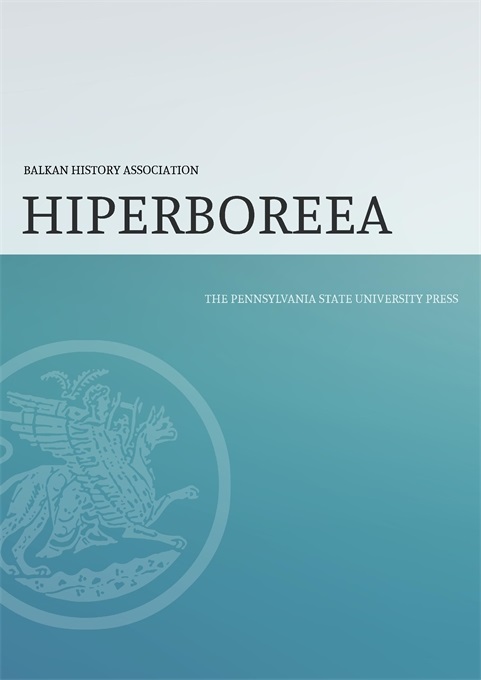
This work explores in depth the story of the Bosphorus straits area, its history, geography, and topography, in remarkable detail. The area which encompasses the Black Sea with the Sea of Mamarra, was an area that commanded the crossing of two great trades routes in history. It marked the divide between Europe and Asia and is the narrowest navigable channel in the world. It was of strategic as well as economic importance from antique times until the present, and of necessity became a focal point for aggression and conquest from many disparate nations in its long history. The decisive factor was the geographical and strategic position of Constantinople lying in the northern apex of the triangle which included the rich coastline of the eastern Mediterranean.
The first 41 pages deal with relevant quotations, bibliographical and cartographical notes, abbreviations used, and the forward. Here Savvides sets out his agenda which is to concentrate on the history, geography, and topographical context of the Bosphorus.
The work commences with an outline of the Byzantine period, tracing the political and economic role of the area in the Roman and Byzantine world, where Constantinople became a focal point at the heart of the straits. Byzantium, the imperial city may be compared to that of an irregular triangle which occupied the strategic point along the straits, thereby making it a focus for many raids and invasions.
However, although the straits economic importance throughout the Middle Ages has been significantly stressed the Bosphorean role in the transport of food supplies from the north had diminished even before Byzantine Constantinople was selected as the Roman Empire’s new centre of gravity. It was the commencement of eleven and half centuries of Byzantine rule, which was plagued by various incursions including the first raids by the Visigoths in the 3rd/4th centuries and the Muslim invasion of the 7th century. This would be followed by a series of other incursions including the threat from Russia. Eleven and a half centuries of Byzantine rule saw a multitude of incursions, from 10th century onwards Venice, the newly emerging economic centre received concessions in Byzantium and from 12th/13th centuries the Genoese received commercial concessions also. The straits were busy with a variety of different trading countries and so, naturally encouraged more raiding. Maritime trade had opened up considerably because of favourable treaties. However, the area also played a highly symbolic and ideological role as the epicentre of eastern Christianity in the late Roman and Byzantine period.
This was a turbulent period, with power changing hands a multitude of times. Savvides takes us through the period step by step in a concise, yet clear manner and it becomes obvious of the importance of the Straits in the making of the historical context of the period.
Finally in 1253 Constantinople fell to the Ottoman Turks, the Latin Empire of Baldwin II had exiled Constantinople on the other side of the Bosphorus, after the Crusader invasions of the 11th/12th centuries. Chapter 3 deals with the Ottoman conquest. As the scholar K.M Setton said that this was an inevitability, which brought about the end of an era. In 1452 Ottoman fortresses were built on either side of the straits along the narrowest part of the channel, a channel that had first been ‘conquered’ by the Persian ruler Darius by use of a bridge of boats, almost two thousand years earlier. The Ottomans used the strategic importance of the Bosphorus to expand their regional ambitions and to wrest control of the entire Black Sea area, which they regarded as an Ottoman Lake, as they took control of the two straits. The local inhabitants were extremely alarmed and regarded this invasion which they associated with the advent of the coming of the anti-Christ, and many tried to leave, it was a time of huge disruption. The final chapter 4 is the epilogue which reviews the importance of the straits during the Ottoman empire.
The final part of the work contains the summary, with maps and index. The maps give an added benefit to understanding the changes that occurred throughout the period and in total the work comprises 217 pages.
This is an outstanding book, which clearly shows the importance of the Bosphorus straits throughout history, and a chronicle of it as an economic metropolis which laid the firm foundation of Constantinople. Savvides sets out his agenda clearly at the start and follows it through in a detailed, yet highly readable manner. He manages to explain with clarity some of the more complicated periods of history, for example the period of Heraclius I and II in the 7th century. Always at the heart of the discussion is the role of the Bosphorus in dictating historical events.
The work fills an especially important niche in the research of this significant area throughout history which still resonates in modern times.
Susan Sorek, PhD, Department for Continuing Education, University of Oxford


